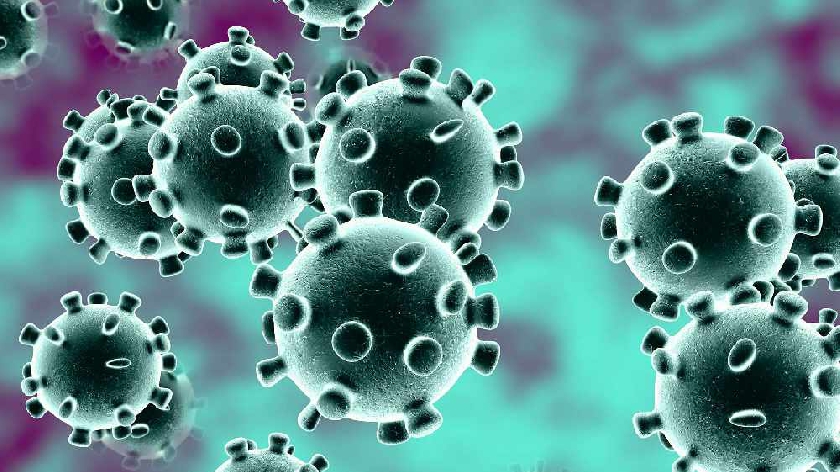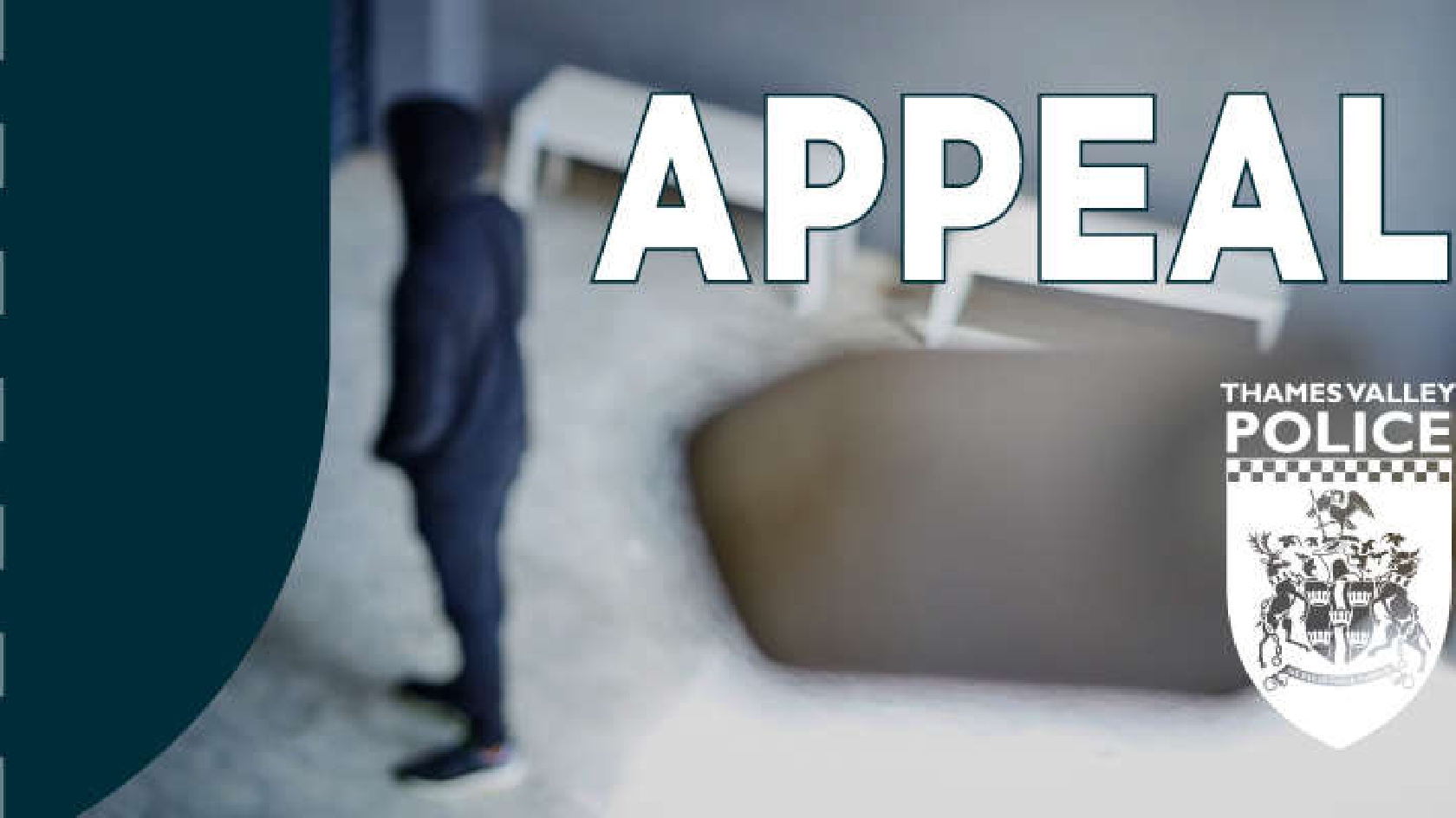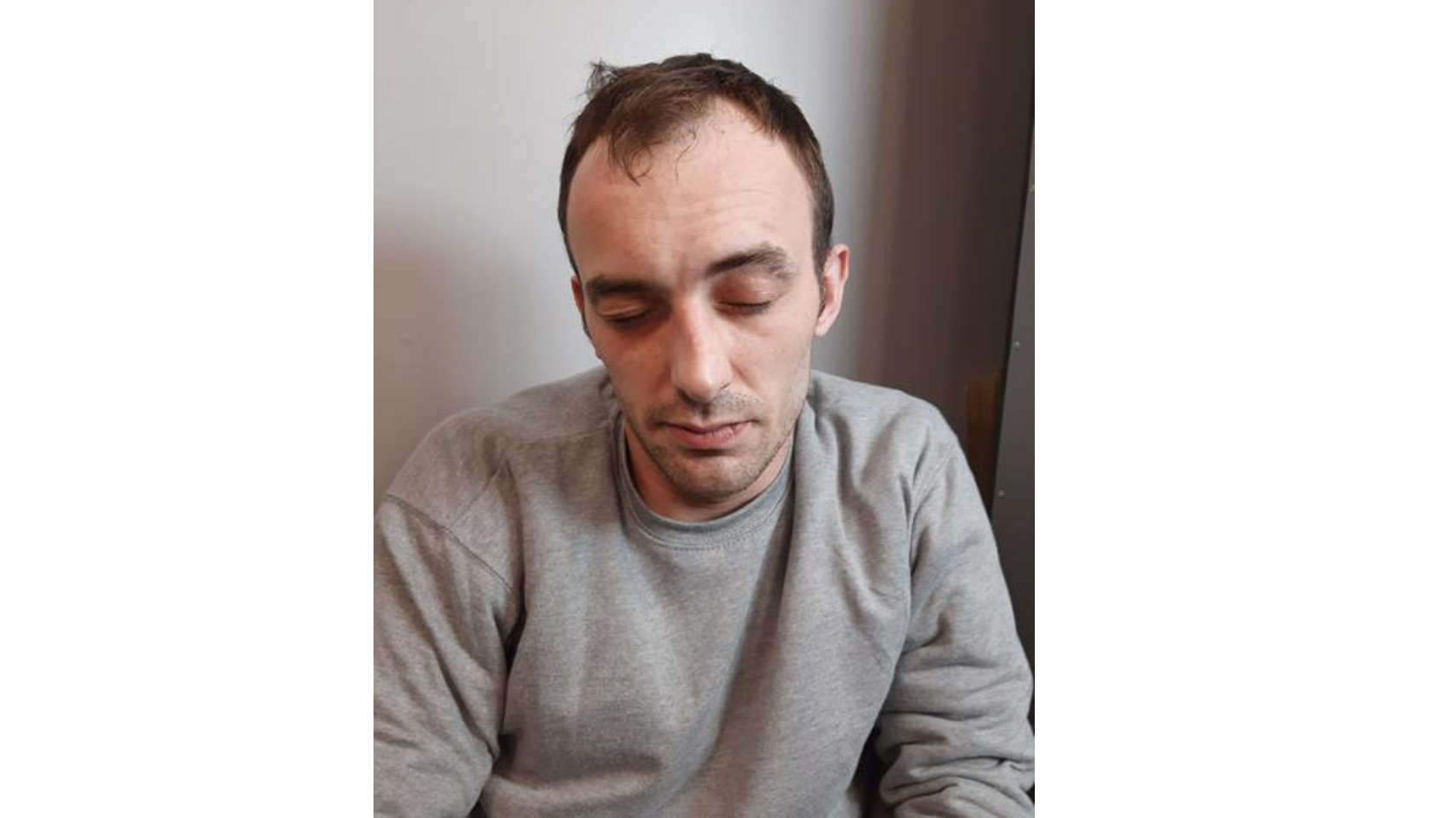
With Omicron now accounting for 40% of cases in Milton Keynes, we have compiled a fact file about the new variant, what the symptoms are and how it is tested for.
Omicron cases are now spreading rapidly throughout Milton Keynes, with numbers doubling every two days.
Despite confusion surrounding the number of cases in Milton Keynes, the new variant now accounts for more than 40% of local cases.
Public health officials are not yet clear whether Omicron is more or less severe than previous variants, but even with the Government’s newly announced Plan B measures, scientists predict a large rise in cases and hospitalisations.
What are the symptoms of Omicron?
One of the main believed symptoms of the new Omicron variant is fatigue. Similarly to the more known variants, Omicron can cause tiredness, dizziness and irritability.
A scratchy throat, mild headache, night sweats and body aches were also noted in people who have tested positive for the variant.
How do they test for Omicron?
Once a PCR test has been done, Omicron has what's known as an "S-gene dropout", which is not seen in most Delta cases, hinting it could be the new variant.
Swabs taken from the PCR tests in labs can show if the variant causing the infection looks like Omicron, Delta or something else. Only around a third of labs can currently test for variants.
A full genetic analysis is needed to detect Omicron, this can take between four and five days to take place.
Lateral Flow Tests can tell you if you're negative or positive for coronavirus, but they can't tell you which variant of the virus you are infected with.
Following a positive LFT result, you have a legal obligation to self-isolate immediately and must get a PCR test as soon as possible. This will confirm the positive test and any further testing can then take place.
What is the difference between Omicron and other variants?
The variant has many different mutations, some that have been seen before but also some that have not. The main concern with the new variant is that a large number of mutations are on the spike protein, which targets most of the vaccines.
Despite currently showing to have a low chance of being dangerous, Sky News explains that a higher transmission rate, which is seen in Omicron, can still have a real impact on public health and the number of people who become seriously ill.
Thomas Moore, Science Correspondent for Sky News explained: "On paper, they would help it infect cells more easily. And evidence considered by scientists on the government's SAGE committee suggests airborne transmission may be more common than with previous variants.
"The mutations also help Omicron evade our antibodies. Research from South Africa suggests the re-infection rate is three times higher than in previous waves. The wall of immunity that proved so solid against Delta isn't looking so secure any more.
"There is hope, though. While antibodies and T-cells from the vaccine or previous disease are less effective at stopping infection, they do still seem to protect against serious symptoms.
"Cases in South Africa are generally milder than in the Delta wave. But hospital admissions are still rising. Even if just a small fraction of infections result in serious disease, high case rates mean lots of people still needing treatment.
"The Omicron wave couldn't come at a worse time for the NHS. Even in a normal year, the beginning of January is its busiest period. But this time hospitals may have to factor in the most infectious variant yet, soaring towards an eye-watering peak."















